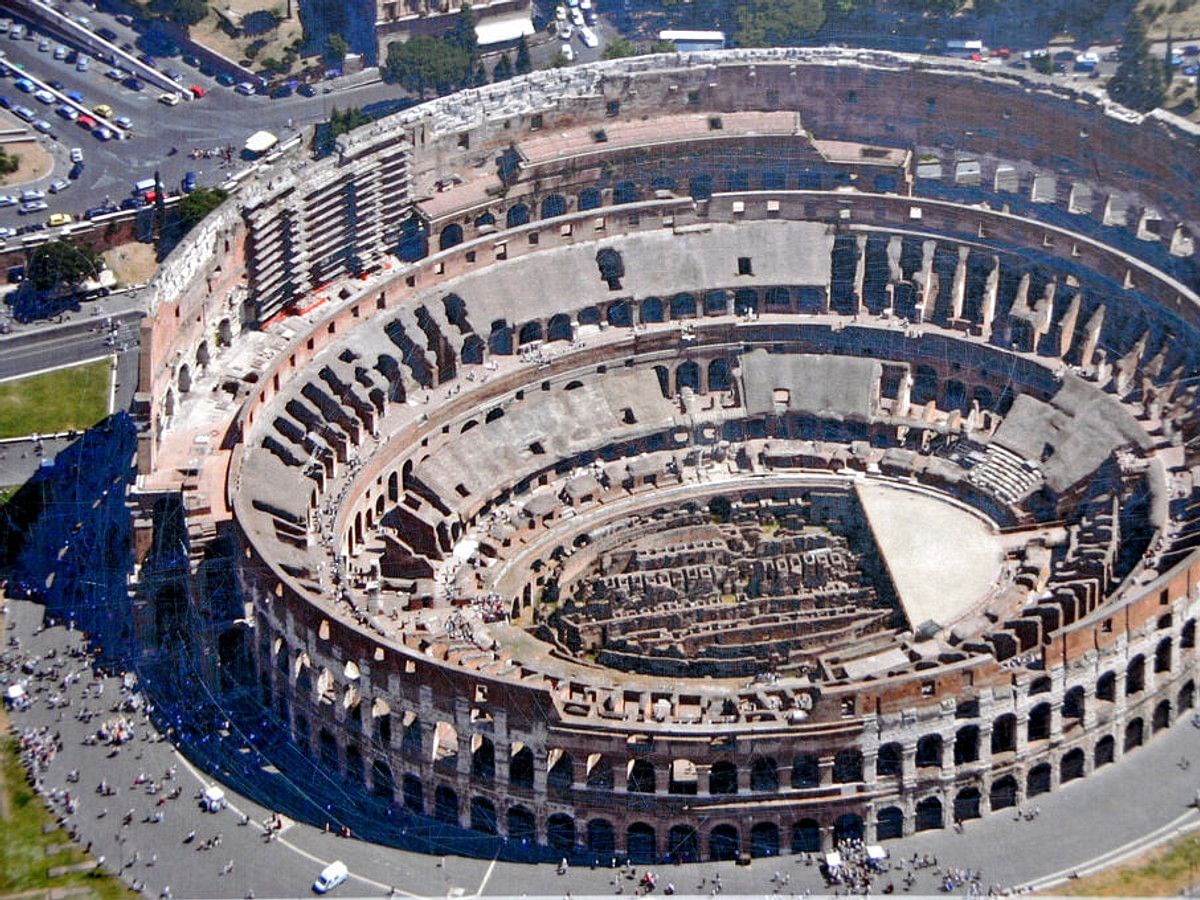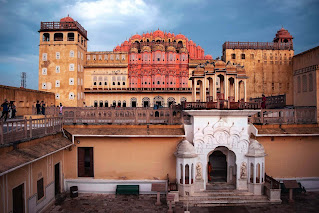Hawa Mahal: The Palace of Winds
Hawa Mahal is a marvel of architecture located in Jaipur. The five-story, iconic palace was built by Maharaja Sawai Pratap Singh in 1799. It is a testament to Rajput culture and architecture. The Hawa Mahal is an architectural marvel that combines beauty, history and ingenuity. It continues to attract visitors from all over the world.
*Architecture Brilliance*
The Hawa Mahal, a screen wall of red and rose sandstone in the heart of Jaipur's old city, is known for its unique design. The facade is decorated with 953 delicately latticed 'jharokhas', which are small, intricately carved windows. The windows were designed to let royal women who adhered to the purdah (purdah-system) observe street festivals, and everyday life, without being noticed by the public. The intricate lattice is also functional, as it allows cool air to flow through the palace during the hot summer months. The palace's natural cooling effect and its aesthetic appeal highlight the Rajput architectural ingenuity.
The design of the palace is inspired by Krishna's crown, the Hindu deity, which symbolizes divine grace and spirituality. The pyramid-shaped palace with its symmetrical windows and balconies creates an impressive visual impact when lit by the golden tones of the sunset sun.
*Historical Meaning*
Hawa Mahal, built by Maharaja Sawai Pratap Singh a devotee to Lord Krishna, was constructed during his reign. The palace was built to give the royal women of Jaipur a view of the busy city life and grand procession that passed through its streets. This practice was part of the purdah, which required women with high social standing to be segregated.
It was also an extension of City Palace and connected to it by a number of corridors. The palace was used both for private and public functions, such as royal ceremonies and meetings. Hawa Mahal's historical significance goes beyond its role of a royal observatory. It is a symbol for the Rajputs' architectural and cultural zenith in the 18th Century.
*Cultural Effect*
Hawa Mahal represents more than an architectural marvel; it's a cultural icon which reflects the artistic sensibilities, and socio-cultural practices at that time. The palace is a reminder of Rajasthan's rich culture and history, capturing the essence of Rajputana art. The intricate carvings and patterns on the palace's walls are a testament to the artistry of the artisans that created it.
Hawa Mahal's cultural impact extends beyond its role as a tourist attraction. Visitors from around the world flock to the palace, wanting to see its magnificence and learn about the history that is embedded in its walls. It has appeared in numerous travelogues, documentaries and films.
*Preservation and Conservation*
The preservation of the Hawa Mahal is a top priority for both the Indian government as well as various heritage organizations. Several restoration projects were undertaken over the years to maintain the structural integrity of the palace and its aesthetic beauty. This is important to ensure that future generations will be able to admire this architectural marvel.
Conservation challenges include combating weathering, pollution and simply the passage of time. With meticulous planning and execution these challenges are being tackled, allowing Hawa-Mahal to retain its glory. The Archaeological Department of Rajasthan oversees the palace's upkeep and makes sure that its historical importance is preserved.
*Visitor's Experience*
Hawa Mahal offers a trip back in time and a look at the lavish lifestyle of Rajput rulers. Visitors can explore the palace's many levels and get a different perspective on the city. The topmost level offers a panoramic view, which includes the busy Johari Bazaar as well as the historic Jantar Mantar.
The museum in the palace houses a collection that tells the story of Rajasthan's culture and history through artifacts. The marble carvings, vibrant frescoes and detailed carvings are a visual delight.
*Conclusion*
Hawa Mahal is a symbol of India's rich cultural and architectural heritage. The unique design of the Hawa Mahal, its historical significance and cultural impact have made it an iconic symbol of Rajasthan. The palace continues inspire awe, attracting countless visitors to see its magnificence and learn more about its rich history. Hawa Mahal, a treasured heritage site, will remain so as long as efforts are made to protect and preserve it. It is celebrated for its beauty and history.









